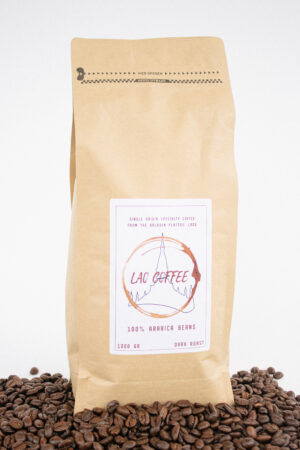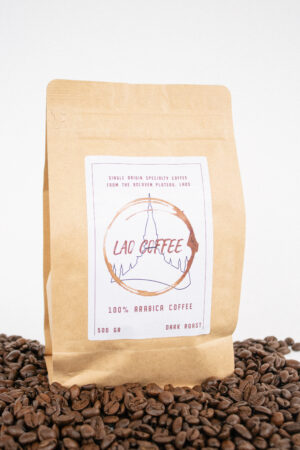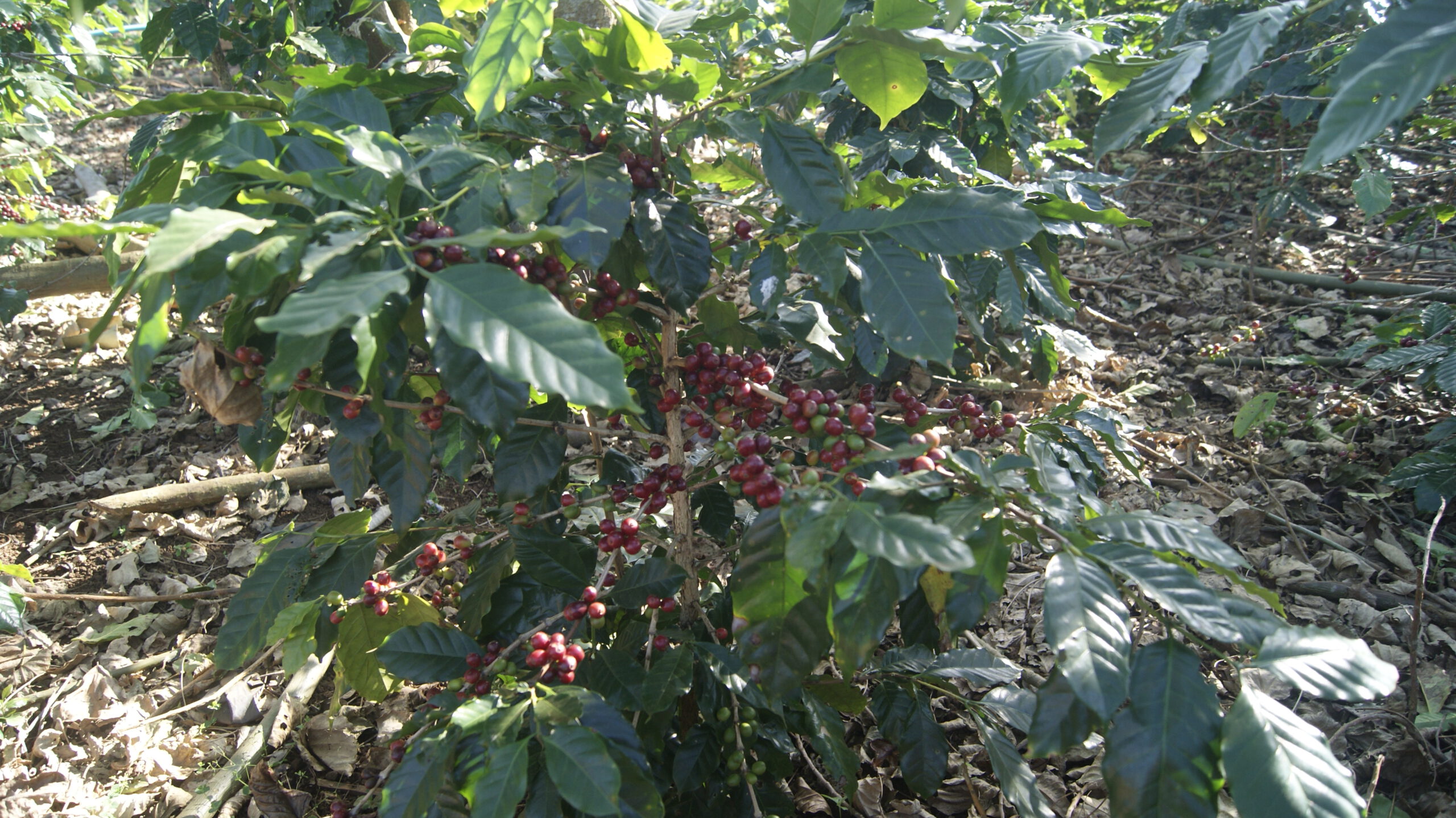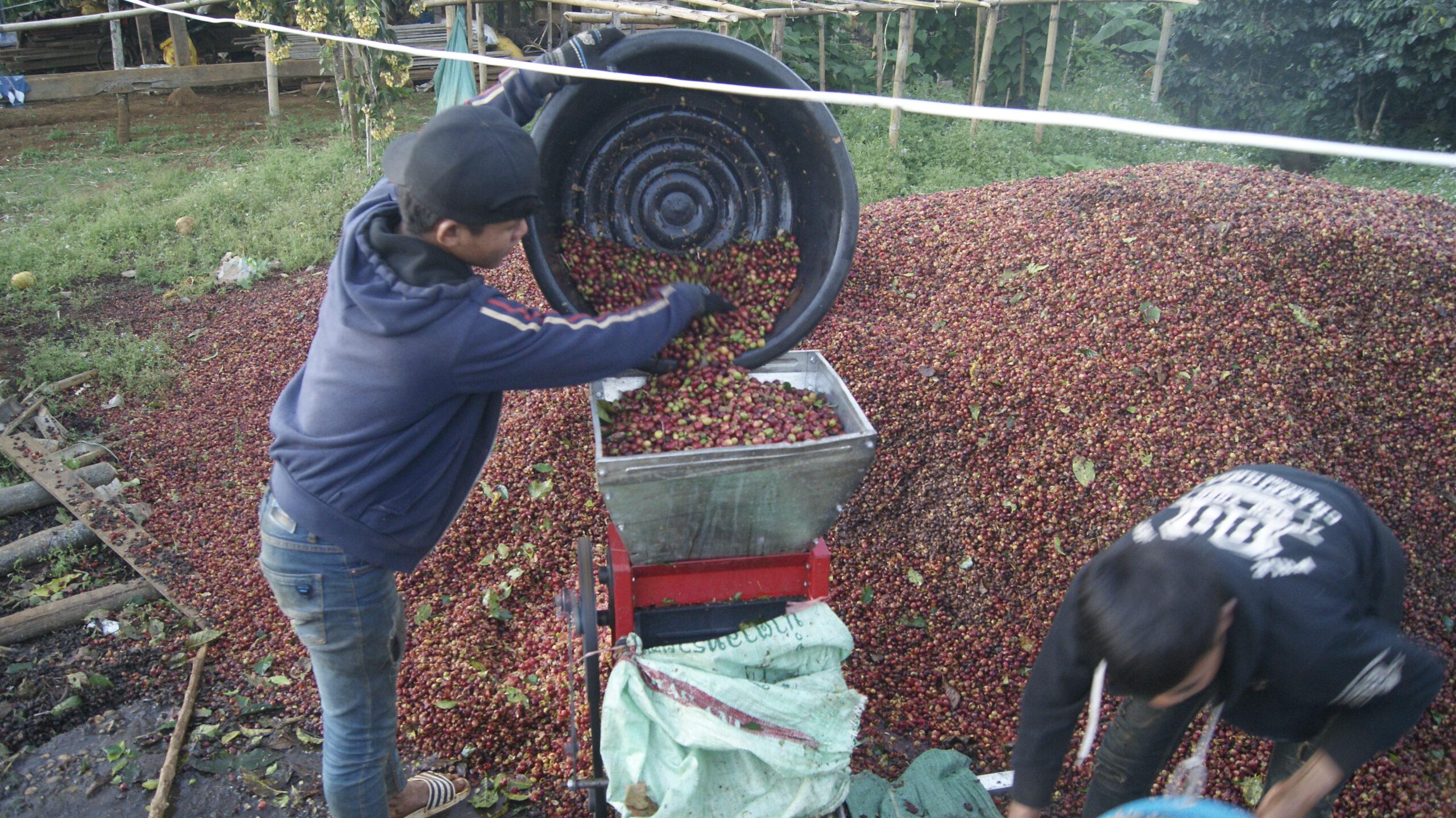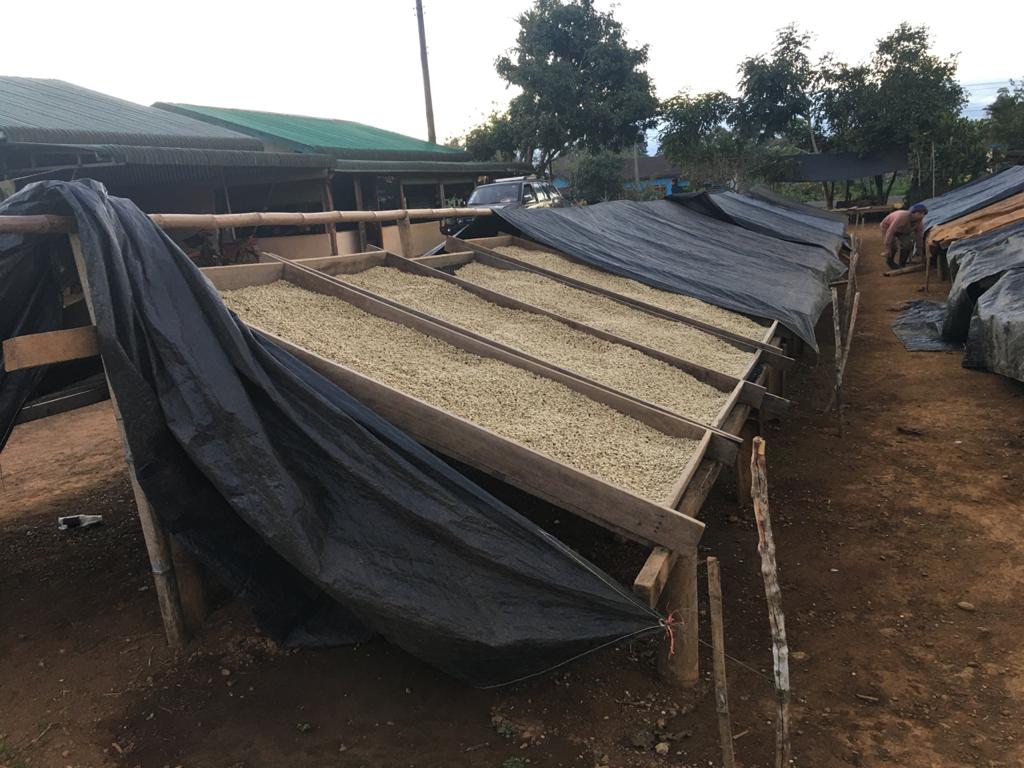Around 1915 French colonist introduced the first coffee plants to Laos. They found out that the south of Laos, on the Bolaven Plateau which has fertile volcanic soil, mild temperatures, ample rainfall and an altitude up to 1,350 metres offers perfect conditions to grow coffee beans. The name Bolaven refers to the ethnic group which has historically dominated the region.
During World War II many French plantation owners left the region. It would take till 1975 before local farmers started to rebuilt the coffee industry. By that time the region was heavenly bombed by the Americans and is still littered with unexploded ordnance to this day.
Around 20,000 farming families in 250 villages depend on the income from coffee harvest to survive. Many ethnic groups are member of the coffee growing community. About one third of the coffee grown is Arabica, both Typica and Catimor.
Most of the harvesting is done by hand during October to February. Only the ripe cherries are then milled and washed and left to ferment for 12 to 24 hours. The coffee beans are dried in the sun at a height of 60 cm above the ground or on a cloth mat on a drying rack to ensure the quality of the coffee. Although the washed method is the mainly used process, more and more the honey process method, using less water, is used.
Laos is one of the few countries that can boast about its high quality coffee beans. Yet unknown as such in Europe. That is why Lao Coffee introduces this fine product. We offer the best handpicked beans. Ensure a fair price for the farmers. The Arabica beans from the Bolaven are known for their medium body and a combination of mild citrus and floral tones. And give you the best taste of coffee and a taste of Laos.

